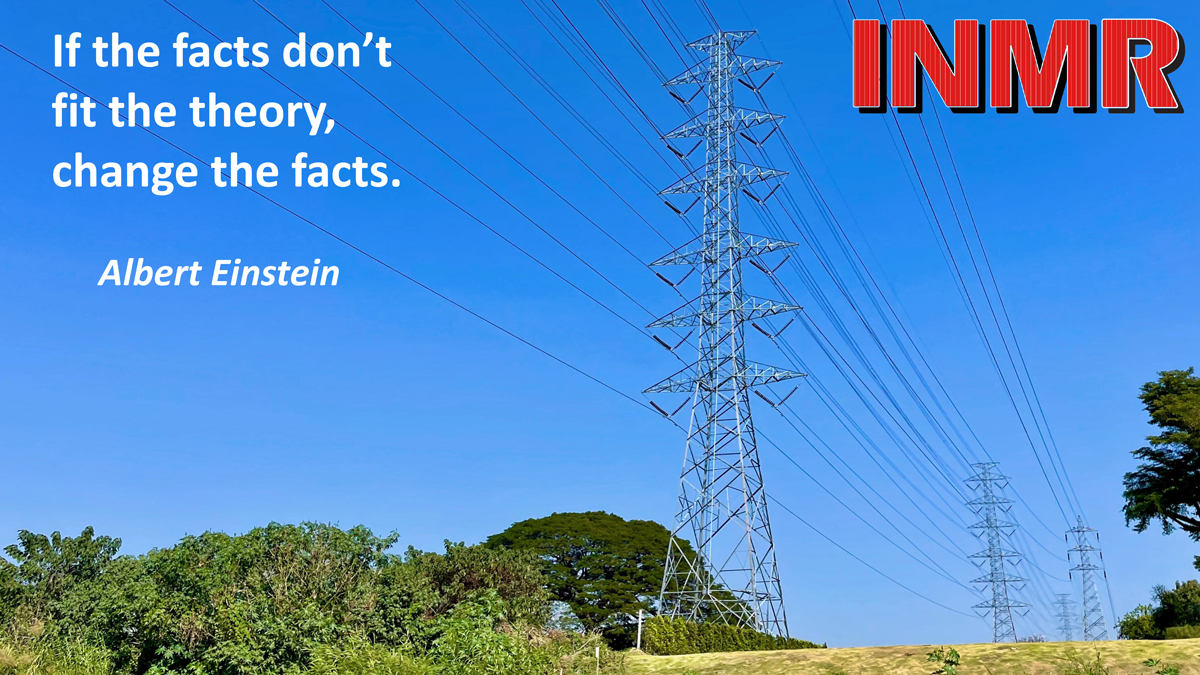
This is also related to the wider aspect of business practices and workplace organization found in the Oslo Manual. Crossan and Apaydin (2010) developed a framework with determinants (leadership, managerial levers and business processes) and dimensions of innovation (innovation as both a process and an outcome).


(2008) presented the third type (external relations) as a different dimension where the company focus can be intra-organizational or inter-organizational. These two types are identical to previous workplace organization and business practices mentioned in the Oslo Manual, and Armbruster et al. (2008) mentioned the existence of two types of organizational innovation: structural innovation and procedural innovation. Other scholars also developed typologies for understanding organizational innovation however, many of them are overlapped. This definition comprises three mains branches:Įxternal relations (new ways of organizing relations with other firms or public institutions).
INMR REVIEW MANUAL
The definition in the Oslo Manual is at the same time broad and simple: organizational innovation is the implementation of a new organizational method in a firm’s business practices, workplace organization or external relations. firm-specific, new-to-the-firm management activities associated with setting objectives, motivating employees, coordinating activities and making decisions, which arise due to new interorganizational relations and are intended to further organizational goals. 41) conceptualized organizational innovation as: Using mainly ideas from Birkinshaw and colleagues ( Birkinshaw et al., 2008 Birkinshaw and Mol, 2006), Hollen et al.

Furthermore, organizational innovation can include changes in organizational structures, modification of people’s behaviors and beliefs ( Knight, 1967) and new rules, roles and procedures ( Damanpour and Evan, 1984). Calling it administrative innovation, as opposed to technical innovation, Evan (1966) explained that this innovation includes new ideas for the recruitment of people, the allocation of resources and the structuring of tasks, authority and rewards. In this paper, the focus is on organizational innovation, and this choice can be justified considering that this type of innovation has allowed firms to achieve new performance thresholds ( Hamel, 2006) and has been under-researched ( Sapprasert and Clausen, 2012).įrequently, organizational innovation is also called administrative or management innovation ( Damanpour, 2014) and can be conceptualized simply as “how managers do what they do” ( Hamel, 2006, p. Therefore, to obtain a broad understanding of the meaning of innovation, it becomes necessary to understand it beyond changing technology. Perhaps, Joseph Schumpeter (1934) was the first author to distinguish the existence of different types of innovation: innovation in products, methods of production, markets, sources of supply and ways of organizing any industry. This is because innovation is not one simple isolated act of companies on the contrary, it is completely dependent on several mixed new or changed actions so that the company really increases competitiveness. On the other hand, understanding the meaning of innovation is a little more controversial, mainly in the academic sphere ( Birkinshaw et al., 2008), in which research is largely focused on technological innovation to the detriment of other types of innovation.

The importance of innovation to competitiveness is acknowledged.
INMR REVIEW FULL
The full terms of this licence may be seen at Anyone may reproduce, distribute, translate and create derivative works of this article (for both commercial and non-commercial purposes), subject to full attribution to the original publication and authors. This article is published under the Creative Commons Attribution (CC BY 4.0) licence. Published in the Innovation & Management Review. Copyright © 2018, Simone Vasconcelos Ribeiro Galina, Marlon Fernandes Rodrigues Alves and Silvio Dobelin.


 0 kommentar(er)
0 kommentar(er)
